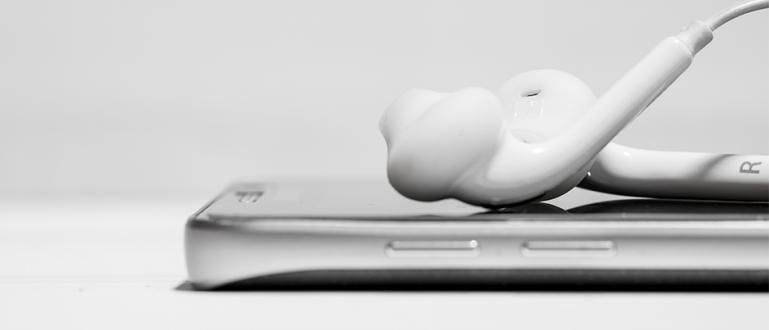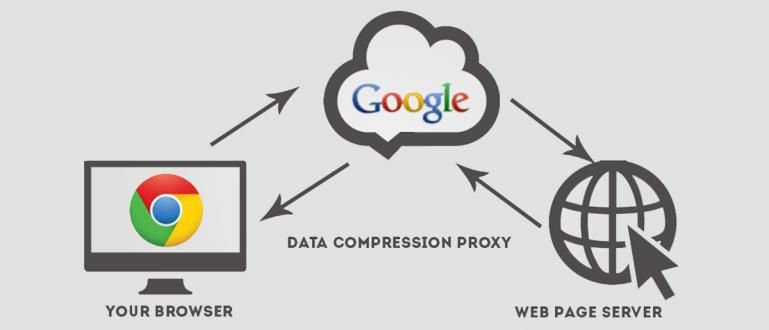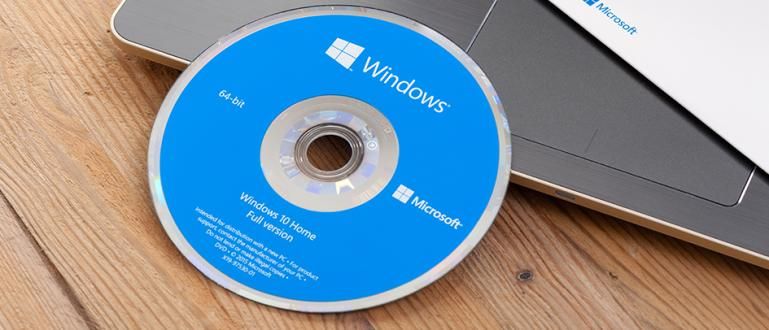Of the many files and folders in Windows, you should never delete the following 5 windows folders or you will feel the consequences.
Windows is one of the most widely used operating systems in the world today. As an operating system, Windows has a variety of useful folders and files to make it run smoothly.
Of the many files and folders in Windows, you should never delete the following 5 windows folders. If you delete it, your Windows will run into quite a complicated problem.
What are the Windows folders that shouldn't be deleted? Here's the review.
- 9 Ways to Disable Spying on Windows 10
- How to Make the Windows Keyboard Work on a Mac
- How to Fix Windows 10 Expired Without Reinstalling
Windows Folders That Can't Be Deleted
1. Program Files and Program Files (x86)
Location: C:\Program Files and C:\Program Files (x86)
When you install a file, especially one with an EXE extension, by default Windows will put it in the Program Files folder.
During the installation process, the application will create folders, write data, add to the registry and do the things needed to run.
Due to the large amount of data and configuration stored in the Program Files folder, you should not delete the folder (unless you know what you are doing).
To remove an installed program, you better uninstall it manually in the menu Programs and Features or use uninstaller software.
2. System32
Location: C:\Windows\System32
Next is the folder System32. The System32 folder is the most important folder for Windows. Unless you are using Windows 64bit, then the most important folders are SysWOW64.
If you try to delete the folder, then you will lose Windows and the best way to restore it is to do a reinstall.
3. Page Files
Location: C:\pagefile.sys (hidden)
Every computer has a RAM (random-access memory). The larger the RAM, the process of opening and running many programs will be faster.
If your RAM starts to fill up, Windows will create a file called Page File or Swap File. This file has a function to make the hard disk act like RAM.
4. System Volume Information
Location: C:\System Volume Information (hidden)
Next is the folder System Volume Information. In general, this folder is quite large and contains various important Windows functions. If you access the folder, a warning will appear Access Denied.
This folder contains various System Restore Points on Windows. That way you can restore your Windows to the past.
5. WinSxS
Location: C:\Windows\WinSxS
Last is WinSxS. This folder is created automatically to address compatibility issues when installing and running a program.
Although the size is quite large, deleting one of the files in the folder is not a good thing. To be more secure, you can clean the contents of the folder via the menu Disk Cleanup
Those are some files and folders in Windows that you should not delete. If there are errors or you know other folders, don't forget to share in the comments column.
Also make sure you read the related articles Windows or other interesting posts from Em Yopik Rifai.









